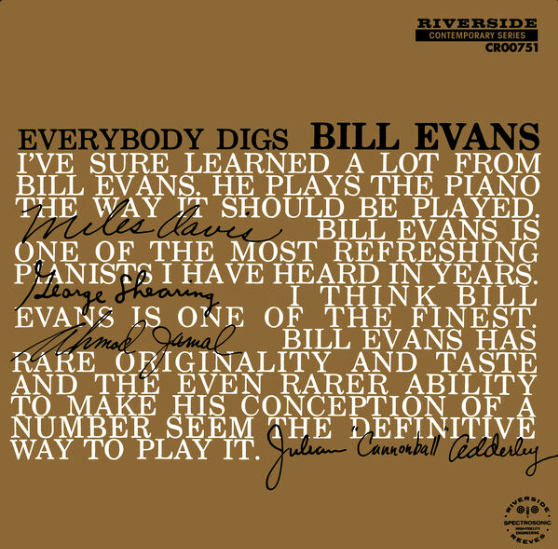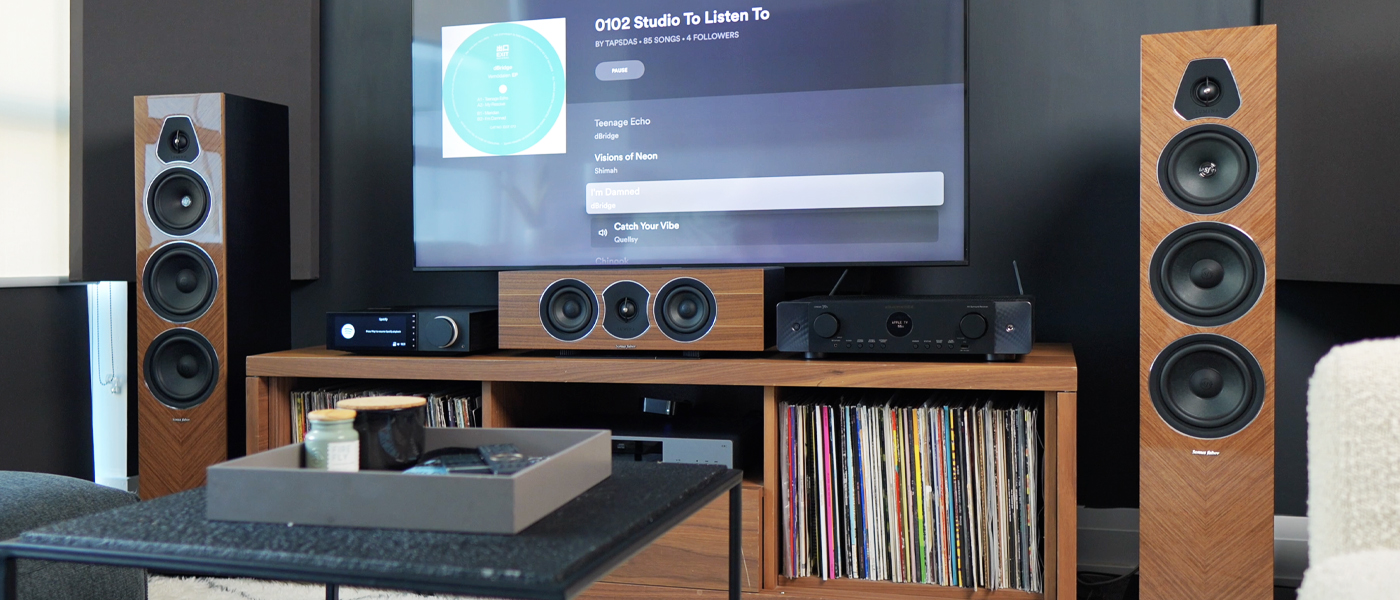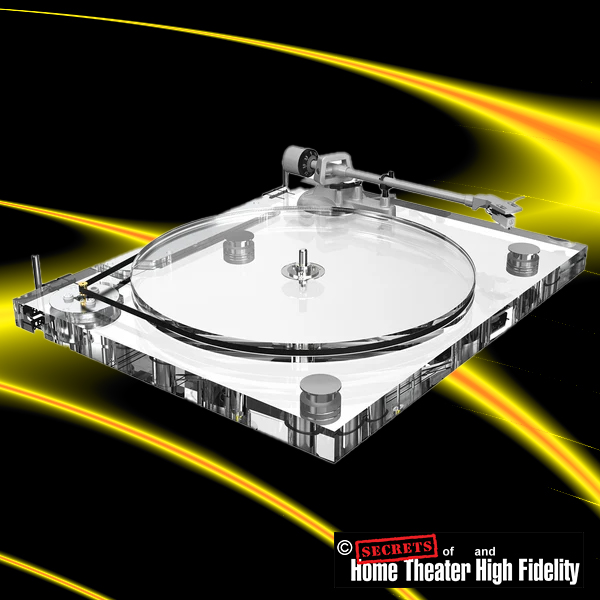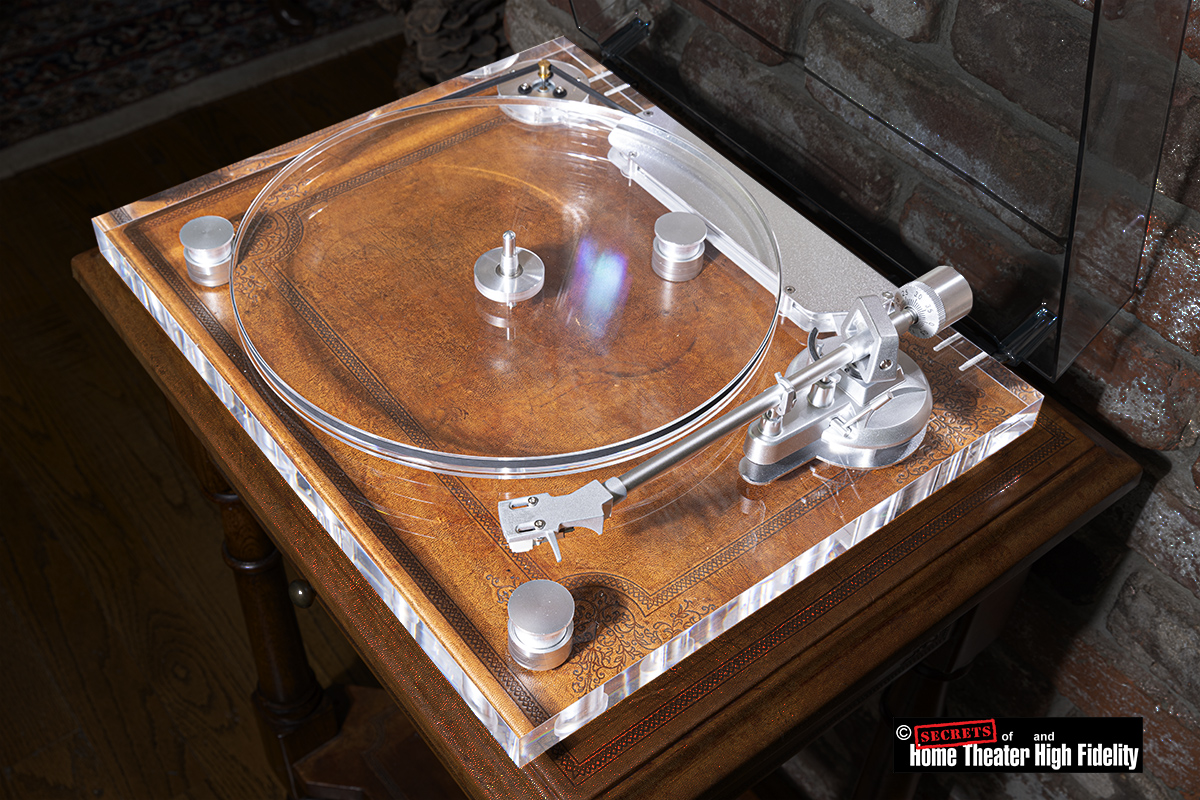Audio Keeper has released its new ICE1 turntable ($499 MSRP), which has an acrylic plinth and platter. It is so attractive that I asked to get one for review.
Audio Keeper ICE1 Turntable and ATN-3600L MM Phono Cartridge Highlights
- Gorgeous looks
- Lots of features
- Surprising performance
Vinyl has undoubtedly become an interest of young people, whether they are audiophiles or not. Vinyl is IN! Suppose you are like me and have always been a vinyl fan. In that case, you probably have a high-end package: a heavy expensive turntable, expensive phono cartridge – likely MC, a separate outboard phono preamplifier plugged into your extreme preamp and monoblock power amplifiers, or some sort of combination of the above. But what if you think, “My friends all have a turntable, and I think they are cool (turntables and my friends), so I think I want one too.”
Enter the massive entry-level turntable (TT) market.
Now that many record stores are selling the latest cool vinyl, you have to choose a TT and buy some vinyl to have some to show and play for those friends. But, you don’t have “mucho” dollars to spend. What now?
Well, the all-in-one TT is the answer. These TTs come with a phono cartridge, built-in phono preamplifier, and Bluetooth to boot.
You are talking about $500 for the best of the entry-level units.
I haven’t tested many of those, but when I saw the Audio Keeper ICE1 TT in an advertisement, I decided to change that status.
DESIGN:
All-in-One Includes Phono Cartridge, Phono Preamplifier, and Bluetooth Transmission Capability
CONSTRUCTION MATERIALS:
Acrylic Plinth and Platter
POWER SUPPLY:
9 Volt Wall Wart
SPEEDS:
33-1/3 RPM, 45 RPM – Slide Switch on the Rear Panel to Select Speed
TONEARM:
Aluminum, 9″ with Adjustable Counterweight
PIVOT:
Gimbal
ADJUSTABLE SPEED CONTROL:
Yes, small dial on the rear panel
HINGED COVER:
Yes, acrylic
BUILT-IN PHONO PREAMPLIFIER:
Yes, Output 44 dB Gain
FREQUENCY RESPONSE OF PHONO PREAMP:
120 Hz to 16 kHz
INCLUDED PHONO CARTRIDGE:
AT-3600L, MM, 2.5 gm to 3.5 gm Tracking Force, 3.5 mV Output, Sapphire Stylus
WEIGHT:
18.63 Pounds, 8.45 kg
MSRP:
$499 USD
SECRETS Tags:
Audio Keeper, ICE1, Turntable, ATN-3600L, MM, Moving Magnet, Phono Cartridge
Secrets Sponsor
The Audio Keeper ICE1 is very attractive. The whole thing is made from clear acrylic – the plinth, the platter, and the hinged cover. This type of plastic does not have much resonance, so it is well-damped. The two-speed motor is in the upper left corner and uses a 1/8″ wide belt to drive the platter. The arm has an excellent smooth gimbal and an AT-3600L (Audio Technica) MM (Moving Magnet) cartridge. A thin cork platter mat is included, but if you want a different look, namely, seeing the clear acrylic platter all the time, I will show you that later in the review. The hinged clear plastic cover protects the TT when not in use.
Three metal feet support the ICE1. They are not adjustable, so small discrepancies in leveling will require a felt pad or two—no problem. I use them with my turntable to further isolate it from the platform, even though it does have adjustable feet.
The pivot is a gimbal design, and it appears to work smoothly. At the rear is the counterweight for adjusting the tracking force. I use a digital gauge to measure the force, but you can do it by adjusting the counterweight until it floats horizontally when the arms lift lever is all the way down (and the phono cartridge is mounted). Then, you turn the front dial on the counterweight until it reads 0. Do this without turning the counterweight itself. Then, turn the counterweight and dial until it reads whatever tracking force you want. I chose 2.5 gm for the tests but I also tried 3 gm by turning the counterweight and dial just to see how accurate it is. It is accurate, but I still recommend purchasing a digital tracking force gauge. They are available on Amazon for about $10.
The motor and platter belt are shown in the photo below.
Here is the rear panel. From left to right are the RCA audio left and right output jacks, slider to select Line (direct from phono cartridge, bypassing the built-in phono preamplifier), BT Out (signal is converted to digital and broadcast over Bluetooth), or Phono (signal passes through built-in phono preamplifier), USB-PC (connects to your laptop or PC to digitally record from the turntable using Audacity software), Speed (33-13 RPM or 45 RPM), Auto Stop (turntable starts spinning when you move the tonearm to place the cartridge in the first groove), Pitch (slightly adjusts the speed), and the 9-Volt power supply socket.
What do you give up in an entry-level turntable that you get with the high-end ones? Well, it is different in every entry-level TT, but in general, you won’t have the complicated mechanism to adjust the vertical tracking angle (VTA). This raises or lowers the height of the pivot mechanism so that the arm is parallel to the platter’s surface. Secondly, you are likely not to get azimuth correction. This adjustment rotates the tonearm so that the bottom of the front of the phono cartridge is parallel to the platter. That way, the stylus tip, whether diamond or sapphire, is vertical in the vinyl groove rather than leaning to one side or the other. Neither of those features is in the ICE1. Also, there is no anti-skate mechanism in the ICE1. Some engineers feel anti-skate is unnecessary, and in fact, the amount of anti-skate that might be required changes as the stylus moves towards the center of the LP. Lastly, the gimbal pivot on the tonearm will be almost friction-less in the high-end turntables. Thus, they can use high-compliance, low-output phono cartridges that are typical in the MC (Moving-Magnet) cartridge designs.
I listened to vinyl by feeding the ICE1’s phono preamp output into my OPPO HA-1 Headphone Amplifier and OPPO Headphones.

Art Pepper, “Art Pepper meets The Rhythm Section”
With my most utilized review album, Art Pepper meets the Rhythm Section, Pepper’s alto sax sounded splendid. The midrange predominance brings it forward.

Moussorgsky / Ravel, Fritz Reiner, Chicago Symphony Orchestra, “Pictures At An Exhibition”
Modest Moussorgsky’s Pictures at an Exhibition was composed in 1847 for full orchestra, although one of the most famous recordings was done on pipe organ. This one is with orchestra and is a 45 RPM release. It sounded very good, but that bass attenuation was undoubtedly noticeable.

Tchaikovsky, André Previn, London Symphony Orchestra, “1812 Overture, Romeo and Juliet, Marche Slave”
Perhaps Tchaikovsky’s 1812 Overture is one of the best compositions to test deep bass and “punch” as it has the cannons at the end. They were clear and had punch with the Audio Keeper, but deep frequencies were attenuated.

Bill Evans, “Everybody Digs Bill Evans”
Bill Evans (1929-1980) was a classic jazz pianist; this 45 RPM album is testimony to his enormous talent. Everything sounded great, but the string bass was very light. If you have tone controls, turn up the bass. The midrange is terrific, though. You will see why in the bench tests. The drummer’s cymbals were very lovely here.

Byron Janis, London Symphony Orchestra, Antal Dorati, “Rachmaninoff: Piano Concerto No. 3”
Even if a person is not interested in classical music, they would still recognize the melody line in Rachmaninoff’s Piano Concerto No. 3. As with other albums I listened to, midrange accelerant makes them shine. It’s too bad about the bass, but that is correctable.
Except where indicated, the measurements were made with the included phono preamplifier in the circuit.
Figure 1 below shows the results of the Wow & Flutter test at 33-1/3 RPM. RMS Wow was 0.12%, and RMS Flutter was 0.05%. RMS W&F together was 0.15%. The speed was within 0.6% (about 1/2 of 1%) of the correct speed. These are excellent numbers for such a (relatively) inexpensive turntable. The method I used here to measure W&F is explained in the Bench Test section of a previous article.
A 1 kHz sine wave recorded at 0 dB is shown in Figure 2. THD is 0.21% and THD+N is 1.28%. THD is the more critical number here since mechanical surface noise is always an issue and is not part of the test signal. Notice how much higher the 2nd-ordered harmonic is than the 3rd-ordered harmonic. This produces a very warm sound. The output is 466 mV based on a rated cartridge output of 3.5 mV. This represents a 42.5 dB gain. It is the maximum gain. The actual output will vary depending on the level at which a particular vinyl LP was recorded and the loudness of any specific track passage.
At 10 kHz (Figure 3), THD is 0.61%, and the 2nd-ordered harmonic is the only one. That is because there is a low-pass filter at about 21 kHz. I have not seen that before in a phono preamplifier, but it is a good idea. We can’t hear 20 kHz when we are over 30 years old. In our 20s, we can hear to about 17 kHz, and by our 30s, 16 kHz. By middle age, sorry, it is limited to about 12 kHz. The low-pass filter in the ICE1 phono preamplifier is analog, not digital.
The crosstalk is 25 dB (Figure 4, top right corner), which meets the spec.
The Frequency Response with the built-in phono preamplifier in the circuit is shown in Figure 5, below. You can see that it has a midrange predominance. There is substantial bass attenuation below 70 Hz. You will need to crank up your subwoofer a bit or use EQ in your preamplifier or integrated amplifier to boost the low frequencies unless you have a built-in phono preamp section in your integrated amplifier, in which case that may give the best results.
In Figure 6, below, the Frequency Response is shown without the built-in phono preamplifier in the path. So, it is just the phono cartridge response without RIAA post-emphasis. You can see that the low-end response is flat. With the RIAA post-emphasis that a phono preamplifier performs, the bass would be even higher. So, the attenuated bass in Figure 5 is due entirely to the built-in phono preamp.
The 300 Hz at +15 dB test surprised me. The results when I used the outer track are shown below in Figure 7. THD is 1.2%.
The 300 Hz +15 dB inner track is usually the one that trashes inexpensive phono cartridges but look at Figure 8 below. Distortion is less! I believe this is due to the low compliance (stiff suspension) that some cartridges have. What this means is that the AT-3600L cartridge will track some heavy vinyl passages. What it also means is that you give up some fine detail.
Figure 9, below, shows vertical tonearm/cartridge resonance. Resonance peaks are at 18 Hz and 21 Hz. The peak at 1 kHz is the “pilot tone” for the test.
In Figure 10, below, Lateral Tonearm/Cartridge Resonance is shown. There are resonance peaks at 14 Hz and 25 Hz.
The vibrations test yielded the following results.
X-Axis: 0.23 Acceleration Amplitude/0.004 meters per second2
Y-Axis: 0.24 Acceleration Amplitude/0.012 meters per second2
Z Axis: 0.18 Acceleration Amplitude/0.005 meters per second2
So, the Y axis has the most vibration. It is not as good as an ultra-high-end TT, but it is better than average for entry-level TTs.
I mentioned that you could replace the cork platter mat with something that would make the acrylic platter stand out like the plinth. All you need to do is get some silicone rubber bumpers that are used for drawers. They are sticky on one side, so they can be attached to the platter. They are available at Amazon. You need to make sure they are the same thickness as the cork mat. They come in clear and black. I used the clear ones that are about 3mm thick and about 1/4″ in diameter. Black ones are shown in the lower photo. You just want to make sure you place bumpers so that some support the outer perimeter as well as some that support the inner perimeter.
Secrets Sponsor
 “Now where is that hex wrench for the cartridge mounting?”
“Now where is that hex wrench for the cartridge mounting?”
Audio Keeper’s ICE1 turntable is mechanically one of the best entry-level TTs I have ever tested. Wow, & Flutter is far below what I expected at this price. The built-in phono preamp will need some bass tone control or subwoofer adjustment. The inexpensive AT-3600L phono cartridge surprised me—lots of 2nd-ordered harmonics with this beast. I have seen the ICE1 on sale for $399. At $499 or $399, it’s a bargain. You can upgrade the cartridge and get a better phono preamp later.
- Mechanically far above its price point
- Very attractive
- Phono cartridge is surprisingly good
- Improved bass response in phono preamplifier
- Adjustable feet
- Anti-skate mechanism






















